- Mia
- July 21, 2023
- 8:07 am
In Superpod networking, if I configure 4 NDR200 cards on each server, can I directly connect to the same switch with a 1-to-4 cable? Or do I have to use two 1-to-2 cables to connect to different switches?

FiberMall
Answered on 8:07 am
Not recommended. This connection mode does not comply with SuperPoD networking rules. Considering the NCCL/SHARP performance, Leaf switches need to connect NDR200 ports of different servers in the SU with one-quarter cables to form different communication rings.
People Also Ask
Understanding Switch Ports: A Comprehensive Guide to VLAN Assignments and Switch Port Configurations
Related Articles
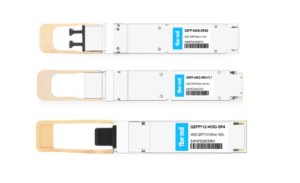
800G SR8 and 400G SR4 Optical Transceiver Modules Compatibility and Interconnection Test Report
Version Change Log Writer V0 Sample Test Cassie Test Purpose Test Objects:800G OSFP SR8/400G OSFP SR4/400G Q112 SR4. By conducting corresponding tests, the test parameters meet the relevant industry standards,

The NVIDIA GB300 NVLink Liquid-Cooled Switch
At this year’s GTC conference, NVIDIA introduced its latest GB300 AI chip and AI server. However, detailed information on the GB300 liquid-cooled switch has been scarce. The following images of
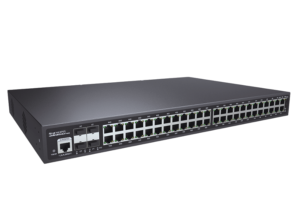
Understanding the Benefits of a 48-Port Gigabit Ethernet PoE Switch
In contemporary networking, a 48-port Gigabit Ethernet Power over Ethernet (PoE) switch holds untold business value because of its flexibility and completeness. With the rising popularity of IP devices like
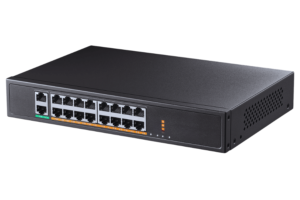
Unlocking the Potential of a 16-Port PoE Switch: A Comprehensive Guide
Implementing the Power over Ethernet (PoE) technology has changed the activities of modern networks, as it provides data and power supply through a single cable. Of many PoE options, the
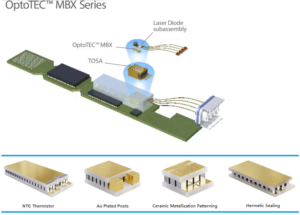
Optical Transceiver Modules Overcome High Temperatures in the Era of High-Speed Data Centers
The rapid advancement of artificial intelligence (AI) and large language models has resulted in an unprecedented surge in demand for high-speed optical transceiver modules within data centers and AI clusters.
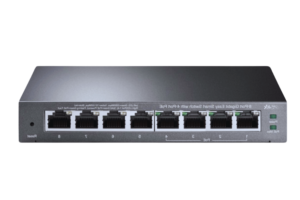
Understanding Switch Ports: A Comprehensive Guide to VLAN Assignments and Switch Port Configurations
Throughout history, communication and connection have greatly evolved. Today, it can be done in mere seconds all throughout the globe. Switch ports are a fundamental part of global communication. If
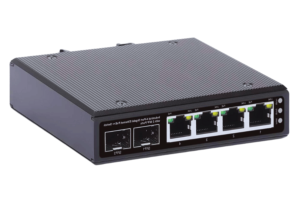
The Ultimate Guide to Choosing a 4 Port PoE Switch
The impact of well-chosen 4-Port Power over Ethernet (PoE) switches on the efficiencies and capabilities of a network cannot be overstated. Be it in setting up a home office, or
